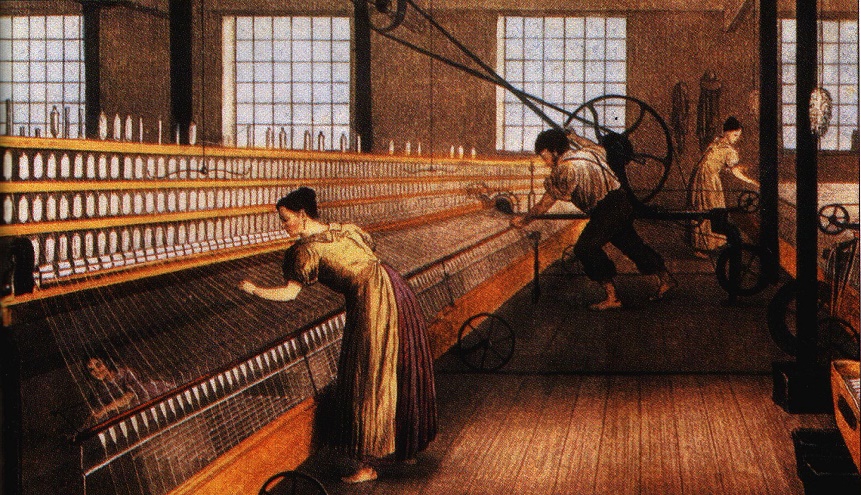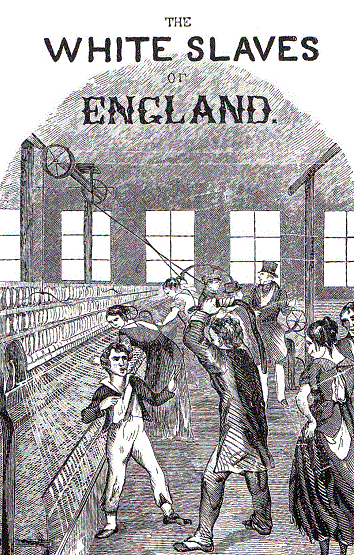
Factory Conditions challenged

Introduction
For decades, textbook writers read what the Victorians wrote, took them at their face value, and assumed that conditions in the factories were terrible. They trawled through the evidence and, for obvious reasons, cherry-picked horrific examples to tell their students.
At the time, the factory owners accused particularly Sadler's Report as being baised. In the debate in 1933 in the House of Commons:
Lord Morpeth:
He must say, he very much doubted the accounts of deformed bodies and debased minds created by this system
that what had been advanced was not an accurate representation of the ordinary economy of a mill, nor the true picture of the feelings and conduct of a British manufacturer.
Thomas Gisborne MP:
The party-coloured evidence taken before Mr. Sadler's Committee was
exaggerated, incredible, and false...
That evidence was a tissue of gross improbabilities. If he were allowed he should be able to show, that the statements made with respect to the cotton factories were unfounded misrepresentations, for he had an extensive knowledge of these factories, and he could, without the fear of contradiction, assert, that the children employed in them were as healthy and as happy as any children of the same class in the country .
Nowadays, academic historians accept that Sadler was "grossly biased" ... though neither do they believe the accounts of such as the factory inspector Andrew Ure, who in 1835 claimedof factory children that:
The work of these lively elves seemed to resemble a sport.
The evidence on this page will help you decide what you think.
After you have studied this webpage, answer the question sheet by clicking on the 'Time to Work' icon at the top of the page.


